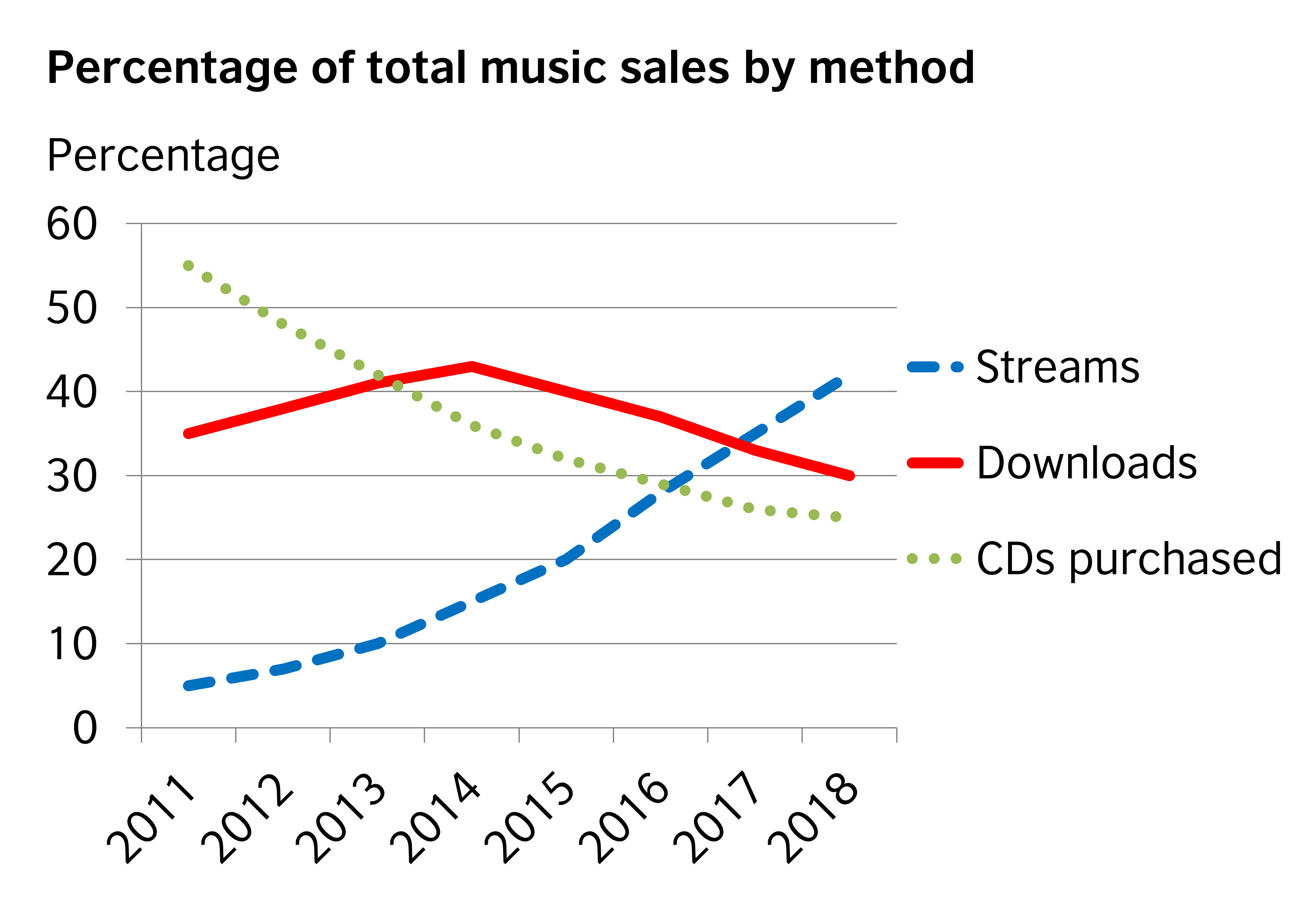heyaaami
Jun 1, 2021
Writing Feedback / The charts below show information about three diffenrents deserts around the world. [2]
These given charts provide information about five remarkable features of three deserts, including size, the amount of rain falling annually, average temperatures and highest or lowest temperatures recorded.
A closer look at the tables reveals that Sahara desert is the most extensive one as it covers up 9 million square kilometres, followed by Taklimakan and Great Basin, which constitute 270000 square kilometres and 305,775 square kilometres respectively. However, Great Basin is considered as a desert that has the biggest distinction between the highest and lowest rainfall in an annual basis recorded as they are 5.1 and 51 cm, following by Sahara and Taklimakan.
Turning to annual average temperatures, vegetation Sahara and Great Basin deserts thrive in the most scorching summer and frigid winter as the temperature can come to 30 Celsius degrees and the one of the winter in Great Basin amounts up to -8 Celsius degree. The heat in Sahara made it the hottest one due to the fact that its temperature extremes is 58 Celsius recorded. In the contrary, Taklimakan makes up -26.1 Celsius degrees in winter, making it the coldest one of three places.
In conclusion, the condition of these environments is too harsh for people to inhabit.
Sahara, taklimakan and great basin desert data
These given charts provide information about five remarkable features of three deserts, including size, the amount of rain falling annually, average temperatures and highest or lowest temperatures recorded.
A closer look at the tables reveals that Sahara desert is the most extensive one as it covers up 9 million square kilometres, followed by Taklimakan and Great Basin, which constitute 270000 square kilometres and 305,775 square kilometres respectively. However, Great Basin is considered as a desert that has the biggest distinction between the highest and lowest rainfall in an annual basis recorded as they are 5.1 and 51 cm, following by Sahara and Taklimakan.
Turning to annual average temperatures, vegetation Sahara and Great Basin deserts thrive in the most scorching summer and frigid winter as the temperature can come to 30 Celsius degrees and the one of the winter in Great Basin amounts up to -8 Celsius degree. The heat in Sahara made it the hottest one due to the fact that its temperature extremes is 58 Celsius recorded. In the contrary, Taklimakan makes up -26.1 Celsius degrees in winter, making it the coldest one of three places.
In conclusion, the condition of these environments is too harsh for people to inhabit.

inbound2719651202326.png

